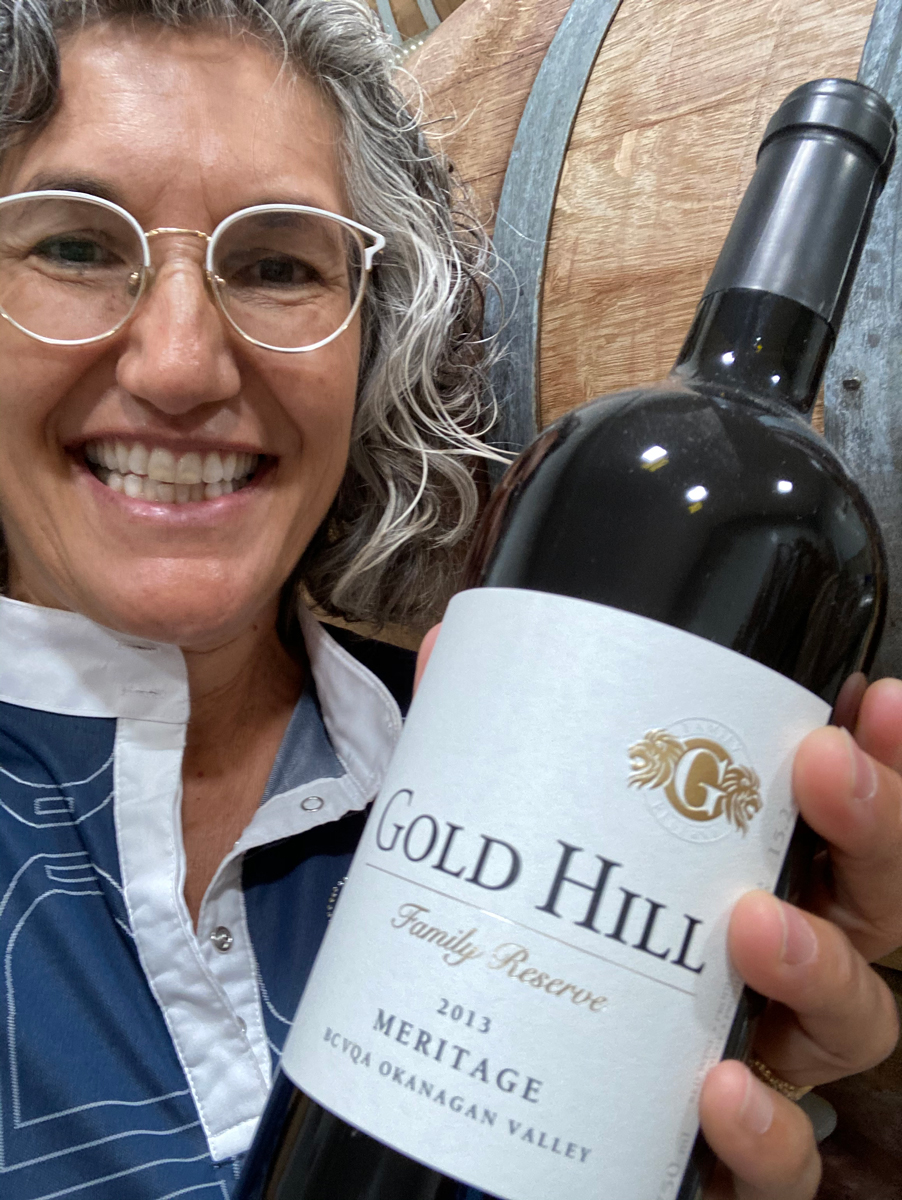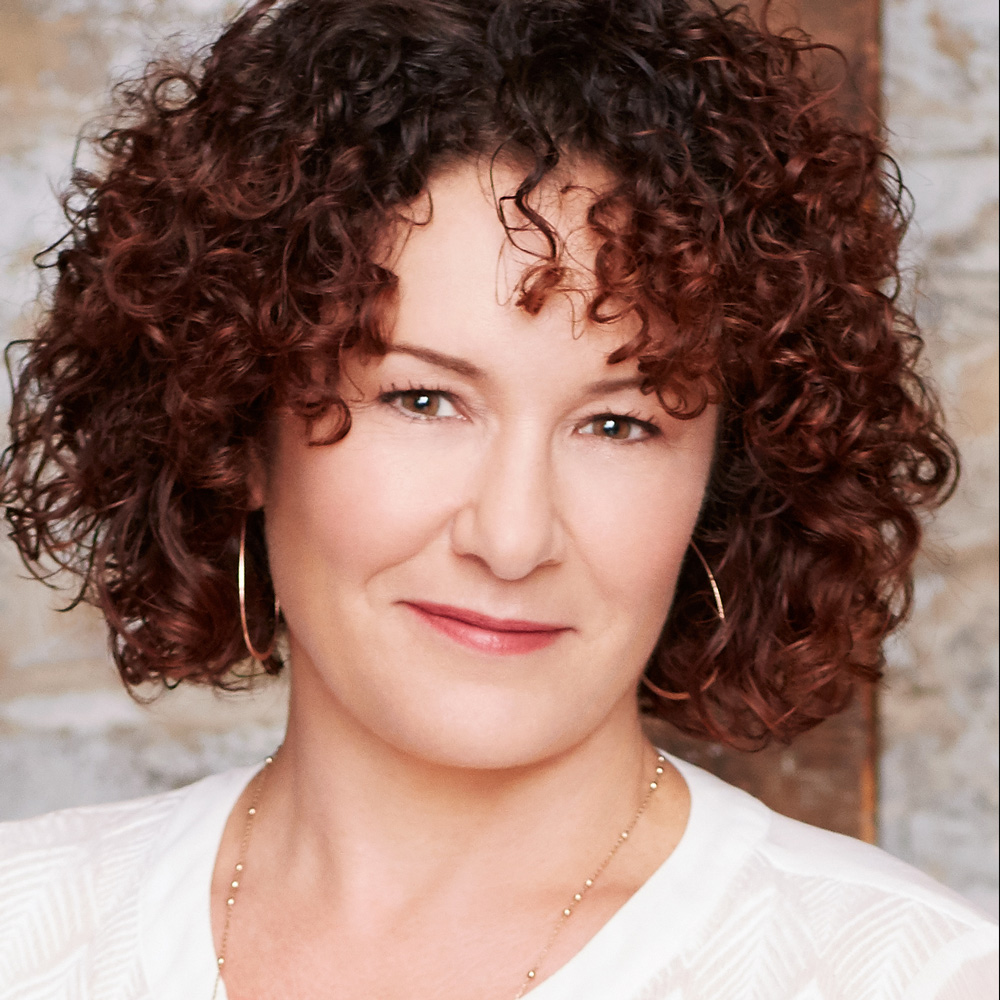
Wine Culture Magazine

Aging wine before release allows tannins to soften and complex tertiary flavours to develop. Getty Images/Albert_Karimov photo
Every autumn, fans of B.C.’s juicy, flavourful reds eagerly await new bottlings. Along with the 2018 or 2017 releases we’d expect to welcome this year, Gold Hill’s portfolio of six 2013 vintages stands out. After spending up to two years in barrel, some of the winery’s premium reds then spend another three to five years in bottle, until winemaker and general manager Val Tait judges them ready for drinking.
“The more the tannins in the wine mingle with the tannins in the barrel, you get something that’s more complex,” she says. Then, bottle-aging in a winery’s cellar allows the slow polymerization of tannins (the process by which bitter compounds bind and soften over time), one of the processes that help create red-wine magic.
Especially if you enjoy it with food, an older wine changes and evolves during your meal.
Tait describes the “burst of aromatics” that emerges when opening a well-aged vintage. “It’s been held in a bottle for so long, starved for oxygen, it just grows and changes in the glass. It still has some of those primary fresh-fruit flavours and aromas,” but also what wine experts call secondary and tertiary characteristics, ranging from earth and forest floor to leather and tobacco. “Especially if you enjoy it with food, an older wine changes and evolves during your meal. That’s the most exciting thing, and can provide those lightbulb moments in drinking wine. I get goosebumps just thinking about it!” Tait says.

At Gold Hill, winemaker Val Tait emphasizes the importance of waiting for wines to develop depth and complexity before release. Photo courtesy of Gold Hill Winery
Tait, like other B.C. winemakers, credits former Poplar Grove owner Ian Sutherland with imparting the wisdom of holding back wines for longer aging before release. “It’s a really big financial commitment for a winery, but something we’re committed to,” Tait says. “You can make more marketable, other wines, to fill your portfolio in the meantime.”
Premium winemaking and the expense of longer cellaring carry costs for the consumer, too. “Customers don’t necessarily come in asking for older vintages, but they do come in looking for B.C. wines in the $50 to $60 range,” says Rina Lakhani, the buyer for the huge B.C. wine section at Legacy Liquor Store in Vancouver. “They’re looking for higher-quality wines, and they’re prepared to pay a higher price,” she says, name-checking Echo Bay and Lariana Cellars as other wineries releasing worthy older vintages.
Wine lovers can just cellar bottles at home, of course—but relatively few of us do. Stats show that up to 90 per cent of us drink wine within days (if not hours) of buying. Think of cellar-aged vintages as the winemaker doing the waiting for you. “There’s greater onus on us as producers to hang onto it a little bit longer, to give you a wine we think is drinking beautifully at that stage,” says Graham Nordin, general manager at CedarCreek Estate Winery in Kelowna, who adds that the practice is a hallmark of the maturity of the B.C. wine industry.
“We’re now producing wines at a calibre that’s better than it’s ever been before. With that comes investment,” he says. That investment covers everything from the mindful organic farming at CedarCreek to top fermentation vessels to premium barrels.
Among CedarCreek’s current Platinum wine releases are its 2016 Desert Ridge Merlot and 2017 Block 4 Pinot Noir. Available now, they “can continue to age over the next three, five, seven years,” says Nordin. Collectors tend to think about cellaring Bordeaux-variety reds, but, he says, “Pinot Noir is a wine that, if you can save it in your cellar for a few years, becomes incredible.” Some whites—such as Okanagan Riesling and Chardonnay—are ripe for the same treatment, as older Tantalus or Checkmate vintages deliciously prove.
To promote its longer-aged wines, CedarCreek produces a limited number of large-format bottlings such as magnums, “and that has a big impact on a wine’s ability to age well,” says Nordin. It also created a five-course Platinum Library dining experience at the winery’s Home Block restaurant that pairs daily market-inspired courses with wines, some dating back to 2012. Nordin says, “We’ve had great feedback from guests. It creates a lot of really fun dialogue around aging wine,” and helps develop appreciation for the savoury, earthy flavours of aged reds or the honeyed elegance of aged whites.
However, not just any juice can be parked long term in a cellar and expected to flourish. Wines like the Tightrope 2016 Equipoise, a Merlot, Syrah and Cabernet Franc blend, have specific qualities that ensure it will age well, such as tannin structure and adequate acidity. “First, you need the right grapes,” says winemaker Lyndsay O’Rourke. “The big challenge in the Okanagan is trying to get the phenolic ripeness of the tannins, before the sugar in the grapes is too high and the acid is lost, and before the season ends, because with some red varieties you really need the long ripening.” Overripe grapes, she says, make “flabbier” wines that can lack freshness over time.
There are small things like that a winemaker can do to make sure the wine has long-term potential.
Even before barrel maturation of the separate grape varieties, blending, then bottle maturation, winemaking techniques can contribute to a cellar-worthy wine. Grapes for Tightrope’s Equipoise blend are cold-soaked for up to five days before fermentation, for careful colour and tannin extraction, with a slow, 21-day fermentation. “We do open-top fermenting with our reds, which gets a lot of oxygen into the wine early on, and helps bind some of the early tannins,” she says. “There are small things like that a winemaker can do to make sure the wine has long-term potential.”
O’Rourke echoes the thoughts of many when she says, “People sometimes complain that B.C. reds are harsh, and maybe it’s because we’re often drinking them too early. In some ways, we’ve done B.C. wine a disservice by getting it to market too soon. Now that we’re maturing as a region, hopefully people will realize that.”
That sentiment deserves a toast—one made with a well-aged B.C. wine.
Gold Hill’s winemaker Val Tait says, “I wouldn’t usually decant an older wine.” Here’s why.
“You’ve done all that polymerizing already. Decanting is a way of accelerating that, by exposing wine to air aggressively. When you’ve allowed it to happen in a bottle, you don’t need to do that. In fact, decanting is taking what’s already reacted and polymerized and expositing it to air, removing any freshness and liveliness still in the wine—you don’t want to lose it. That’s how you get that quality of wine changing over time, in the glass, with your meal. I think that’s the most enjoyable part of drinking an older wine. So I save decanting for younger wines that can really benefit from it.”
Cedar Creek Block 4 Pinot Noir 2017
(Kelowna, $54.99) Savoury gamey notes, plum, red currant and a hint of spice.
Tightrope Equipoise 2016
(Naramata Bench, $39) Cherries, plums and blackberries, vanilla, tobacco, spice, velvety tannins.
Gold Hill Malbec 2013
(Golden Mile Bench, $22.99) Lush blackberry and black currant, vanilla, spice and fresh violet.

Charlene Rooke writes about and drinks wine in Vancouver while working toward WSET Level 3 certification. Her family has Okanagan roots as former Kelowna orchardists, and she loves dry, aromatic white wines.

Charlene Rooke writes about and drinks wine in Vancouver while working toward WSET Level 3 certification. Her family has Okanagan roots as former Kelowna orchardists, and she loves dry, aromatic white wines.
@ Vitis Magazine